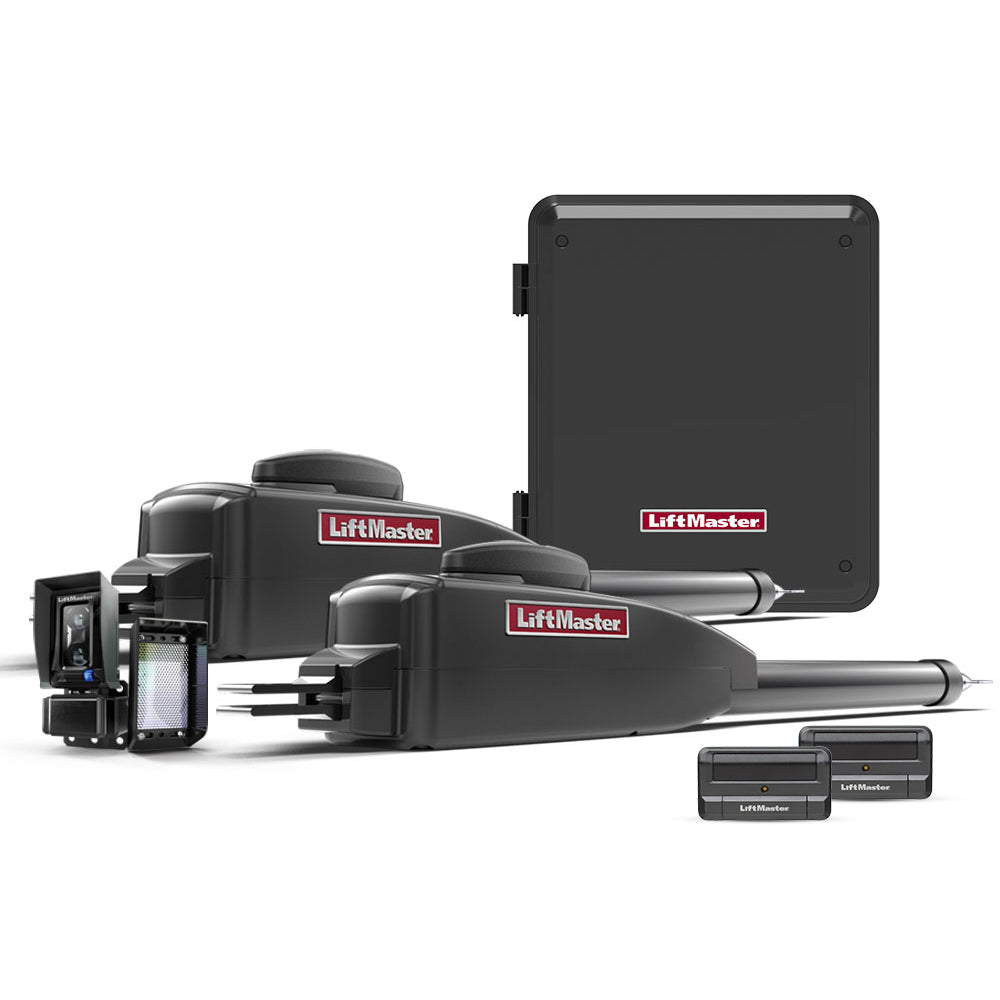What is a Solar Controller or charge Regulator?
A charge controller, charge regulator or battery regulator limits the rate at which electric current is added to or drawn from electric batteries. It prevents overcharging and may protect against overvoltage, which can reduce battery performance or lifespan, and may pose a safety risk. It may also prevent completely draining ("deep discharging") a battery, or perform controlled discharges, depending on the battery technology, to protect battery life. Charge controllers are sold to consumers as separate devices, often in conjunction with solar or wind power generators, for uses such as RV, boat, and off-the-gridhome battery storage systems. In solar applications, charge controllers may also be called solar regulators. Some charge controllers / solar regulators have additional features, such as a low voltage disconnect (LDV), a separate circuit which powers down the load when the batteries become overly discharged (some battery chemistries are such that over-discharge can ruin the battery). A series charge controller or series regulator disables further current flow into batteries when they are full. A shunt charge controller or shunt regulator diverts excess electricity to an auxiliary or "shunt" load, such as an electric water heater, when batteries are full. Simple charge controllers stop charging a battery when they exceed a set high voltage level, and re-enable charging when battery voltage drops back below that level. Pulse width modulation (PWM) and maximum power point tracker (MPPT) technologies are more electronically sophisticated, adjusting charging rates depending on the battery's level, to allow charging closer to its maximum capacity.











